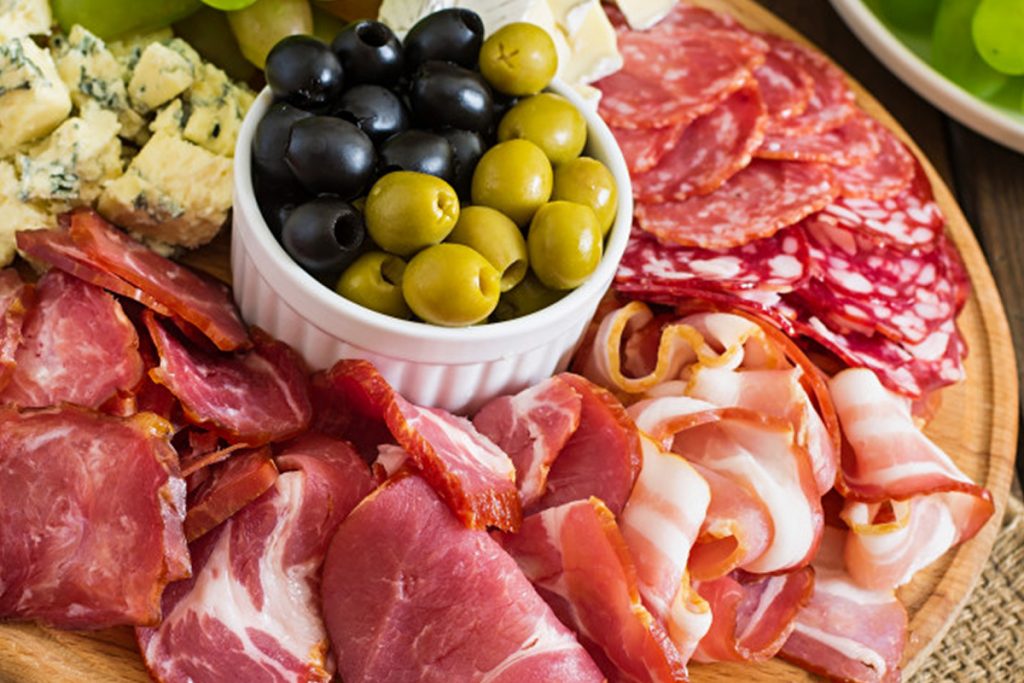Cold cuts & Charcuterie come of age
That was then. In the last eight years, words like smokery, charcuterie and delicatessen have become common parlance. We easily hold a twenty-minute conversation at a society party discussing the differences between Prosciutto di Parma, Jamón Ibérico, Jambon de Bayonne and York or Wiltshire Ham. All thanks to a talented bunch of chefs, entrepreneurs and food lovers who are scorning modern processes and are bringing back traditional practices of handling, curing and preserving meats to international quality using local produce – Kunal Vijayakar
Seasoning up Charcuterie meats
Charcuterie, the art of transforming meats into a broad spectrum of edible formats, has traditionally held a place of pride in gastronomy. It’s an art that calls for serious attention by the chef and its success depends not only on the execution but also on the presentation. A number of culinary publications have demonstrated how to transform lesser quality meats and organ meats into enjoyable and beautiful foods, including bacon, ham, sausage, terrines, galantines, pâtés, and confit.
Chef Jacques Brevery presents a complete collection of recipes and information from his career, some of which he learned from his mentors over the years. His books are designed as a reference for beginning chefs, providing them with accurate recipes for classic preparations as well as new ideas that will allow them to expand and improve their portfolio of recipes. The interest in this ancient skill is being revived today, as charcuterie requires more than just a daily performance of routine tasks. Chefs must understand why and how these traditional charcuterie processes work. Today, more of those involved in the culinary world are learning and perfecting the skills of charcuterie – adding to its quick popularity.
Charcuterie’s variety and versatility – Though traditionally, it meant porks and meats, Charcuterie has adapted itself to be plant-meat, cheeses, vegan or just a combination of any exotic delicacies and gourmet foods. On social media, it has flourished into not just an art or food styling, but also incorporates the science of culinary expertise. Charcuterie meat-and-cheese boards have today driven huge trends on social media, making some of us enthusiasts – Charcutiers or influencers. A search for “charcuterie” on Instagram gets over one million results, and on Facebook there are hundreds of public and private groups dedicated to it. Charcuterie is now an obsession among the young, especially the millennial generation because of its versatility. You can build yourself a Charcuterie Board – no matter what your eating habits.

